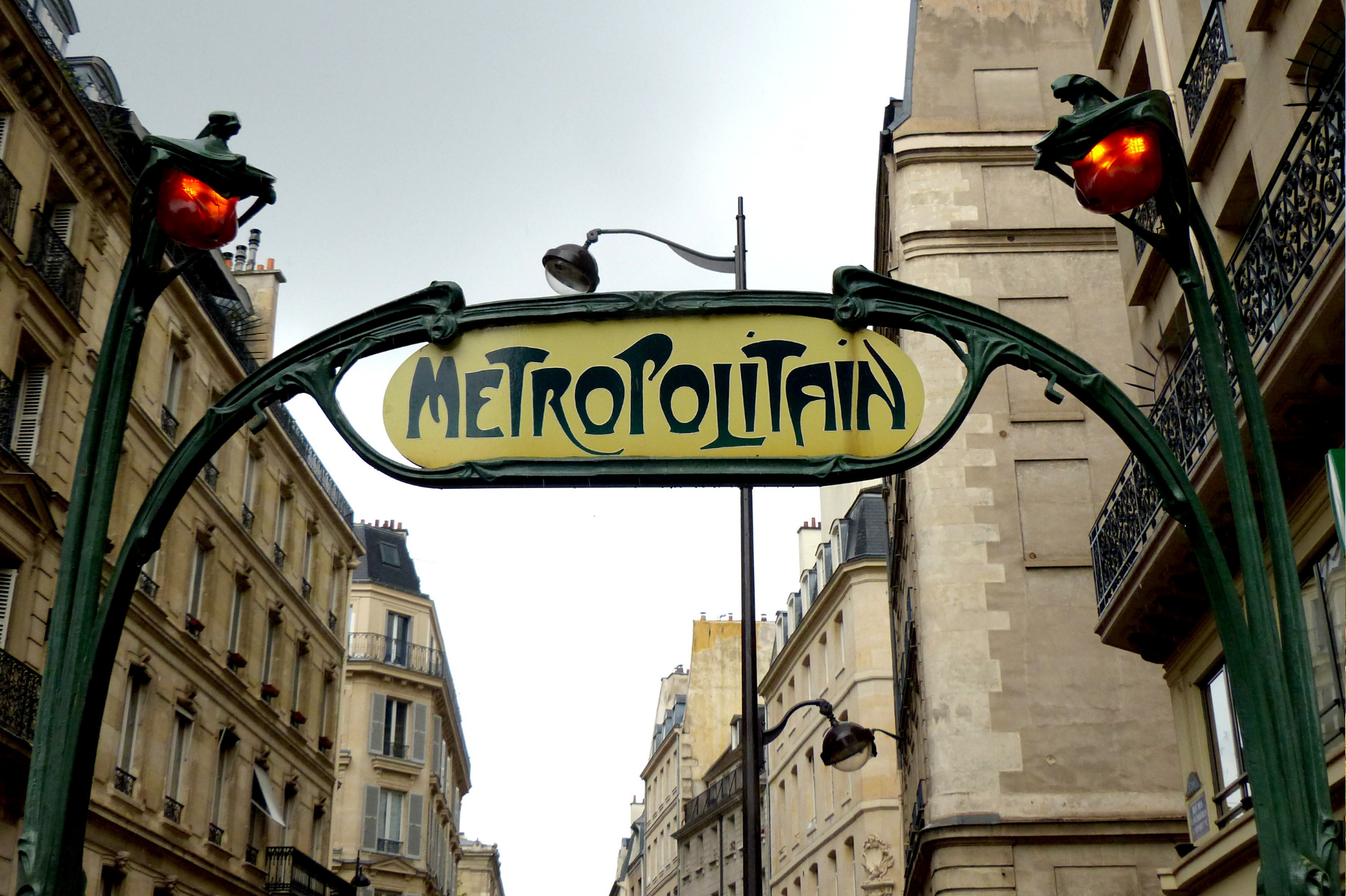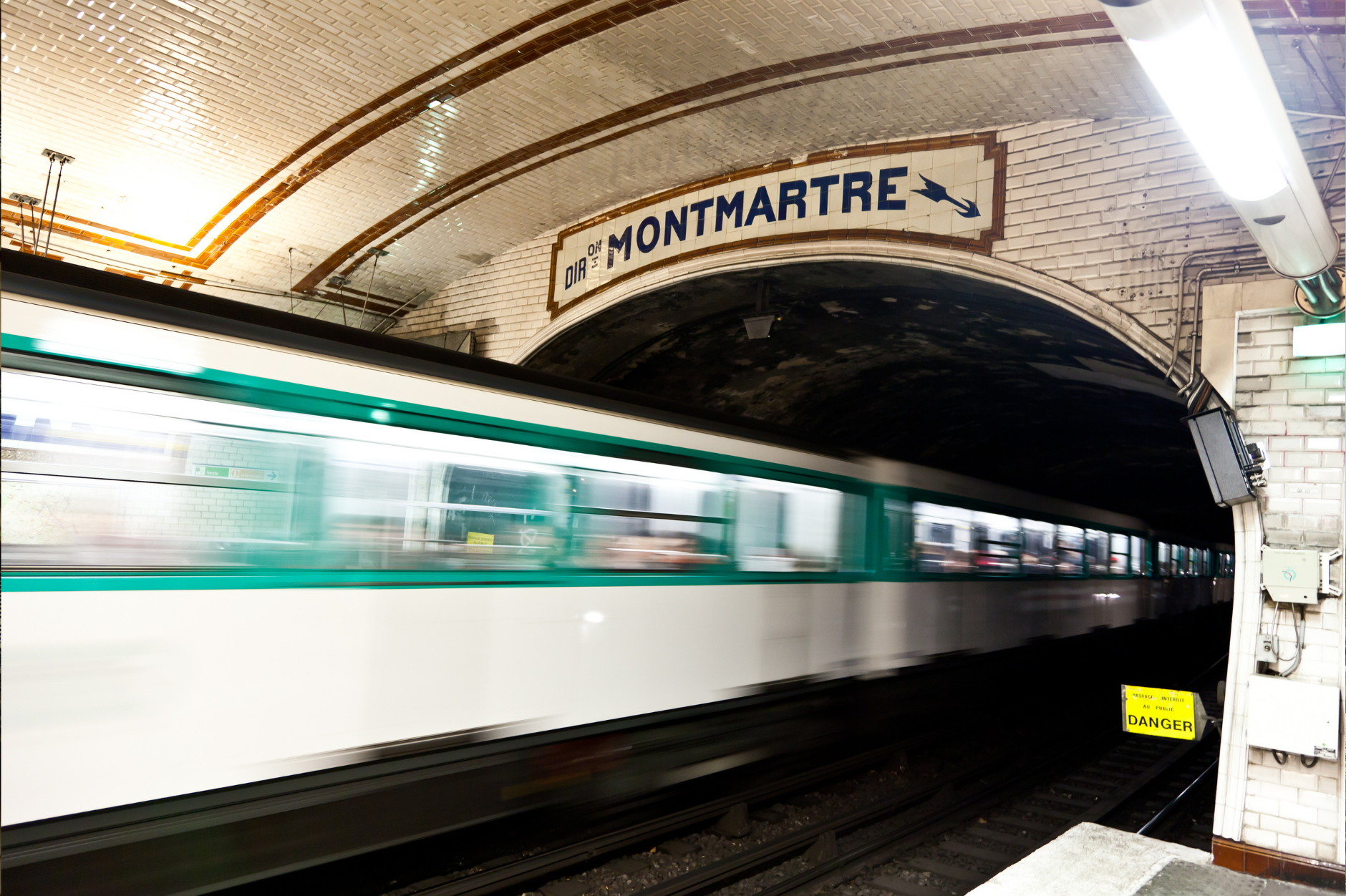The history of Paris métro
Posted by Josh on 13th Aug 2025 in the blog in the french culture category
The Paris métro is one of the busiest subway systems in the world, and it’s also one of the oldest. Opened in 1900 to coincide with the Paris Exposition Universelle - a world's fair held to celebrate the technological and cultural achievements of the last century - the Paris métro was inspired by the London tube, which had made getting around Europe's biggest city much quicker and easier. At the time, Paris was Europe's second largest city, with nearly three million inhabitants, and travelling between the arrondissements via horse and carriage or on foot was becoming an increasingly tedious ordeal. The length of time it took to get around, coupled with recent advances in transport technology, led to the inevitable adoption of the metro: an underground transit system, quick, convenient and tucked away from the city itself.
The first line opened on 19th July, 1900, and ran from Porte de Vincennes to Porte Maillot. The second line was opened in 1903, and by 1911 there were thirteen lines. Line 14, the first fully automated (driverless) line, would not open until 1998.
From the get-go, the Paris métro was one of the most distinctive subway systems in the world, having been designed by the architect Hector Guimard. Even if you've never been to Paris, you’ve probably seen his art nouveau metro signs, which are commonly found on fridge magnets, postcards and other Parisian souvenirs.
The Paris métro and the baguette
Legend has it that the Paris metro is not only responsible for modernising Parisian transport - it’s also responsible for that other French icon, the baguette.
The story goes that workers building the Paris metro in the 1920s had a habit of getting into fights with one another. As the workers often ate bread for their lunch, and brought knives with which to cut the bread, those fights could sometimes turn deadly.
In order to diffuse the situation, the lead engineer ordered that a new type of bread be served to the workers: one that was long and soft, meaning it could be broken apart with the hands rather than a knife.
Of course, historians aren’t sure exactly how true this story is, and there are plenty of other origin stories for the baguette that predate this one - but it’s something worth chewing on next time you’re enjoying a baguette on the Paris metro.
Facts about Paris métro
- As of 2025, 321 stations across Paris service the metro. 'Métro' is short for 'Chemin de fer métropolitain'
- The word 'metro' actually comes from France.
- During the Second World War, some stations, such Croix-Rouge and Saint-Martin, were closed and never reopened. Nowadays they are sometimes used for shooting films
- In some stations, you can hear classical music being played on the PA system
- The tiles at Concorde station spell out the text of the Declaration of the Rights of Man
- The first trains used in the Paris métro were made of wood
Check out some of our other blog posts!
Common mistakes French learners make
Posted on by Josh in the learning french categoryAvoid these errors if you want to perfect your French!
Read moreNice Jazz Fest
Posted on by Josh in the french culture, french cities categoryFor four days in July, Nice turns into the jazziest place on the planet
Read moreHave fun learning French Today
People from all over the world enjoy learning French with Alexa Polidoro’s popular French audio and video lessons.





